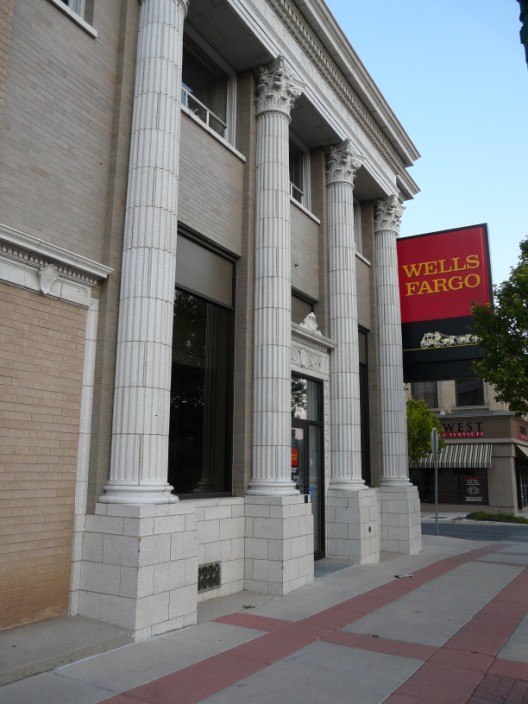
Monday, 27th September 2010
With time to spare after breakfast a short exploration of Cedar City was in order. Its elevation is 5,800 feet above sea level, and it lies in a semi-arid part of the state with 10,000-foot mountains to the east and a vast desert area to the west. The historic main street pays respect so some of the city's forefathers. With a journey of approximately 250 miles we stopped at a number of places on the way, including Cove Fort and the San Rafael Swell.

The logo depicts the Wells Fargo I remember from the 'Westerns' of yesteryear!
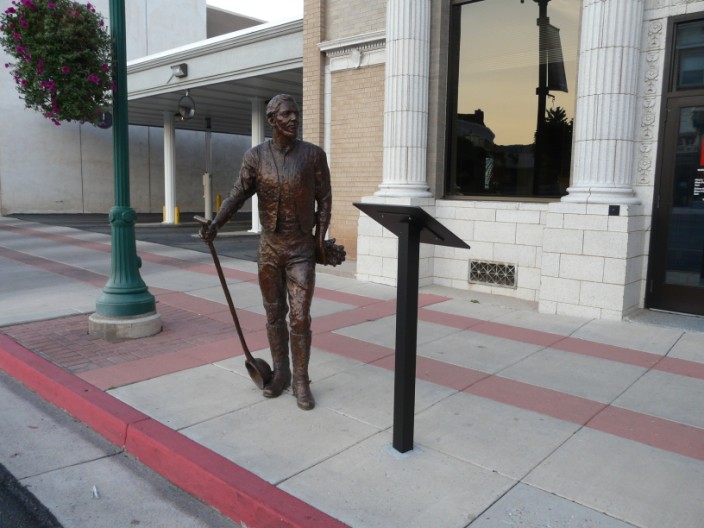
Richard Harrison, among the communities first settlers, helped establish the Iron Mission and organised a company for the making of iron, and was active in the company's future development
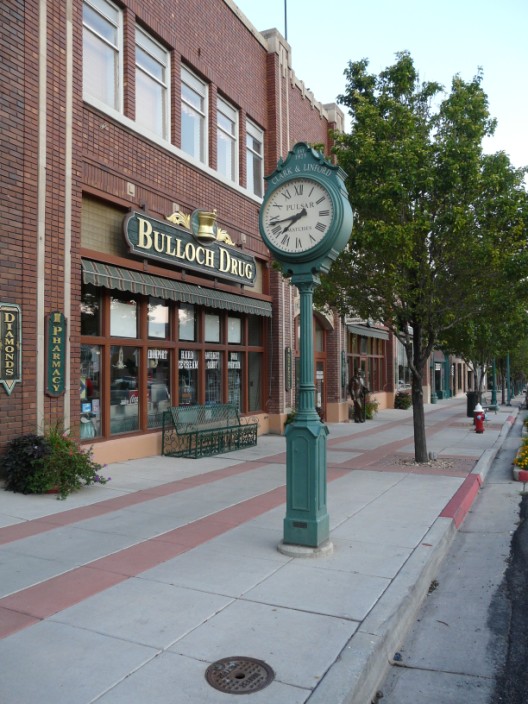
The historic clock advertises a local jewellers
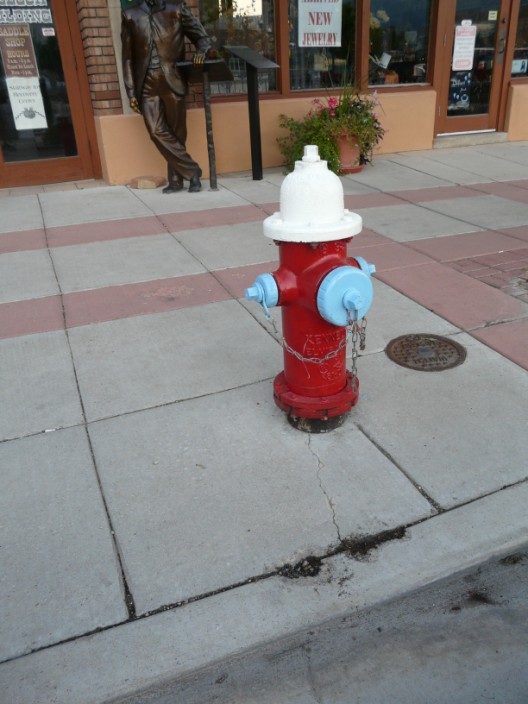
Colourful fire hydrant
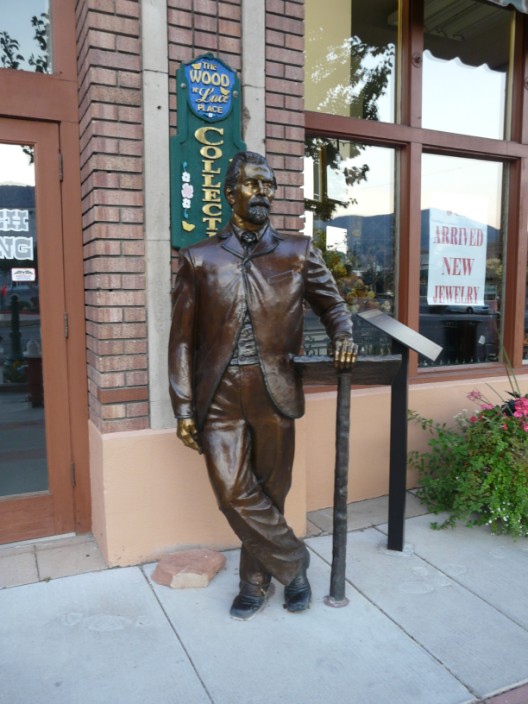
Francis Webster was a pioneer stockman, a leader in the sheep industry he was among the first to begin shipping sheep and wool to the Chicago markets
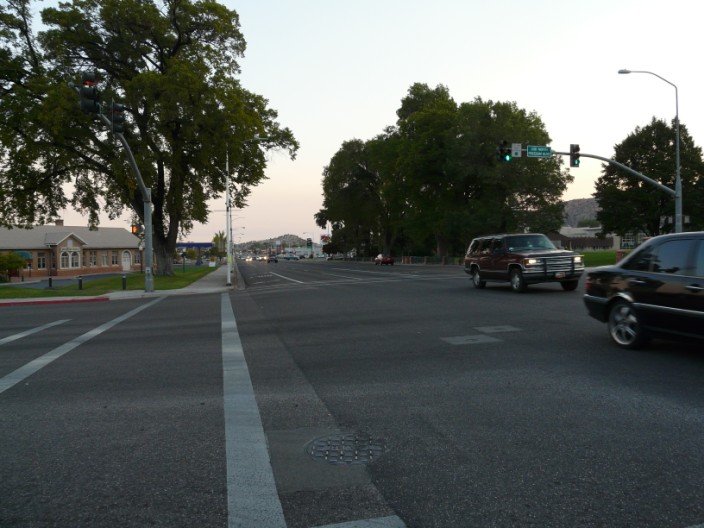
At 7.45am . . .
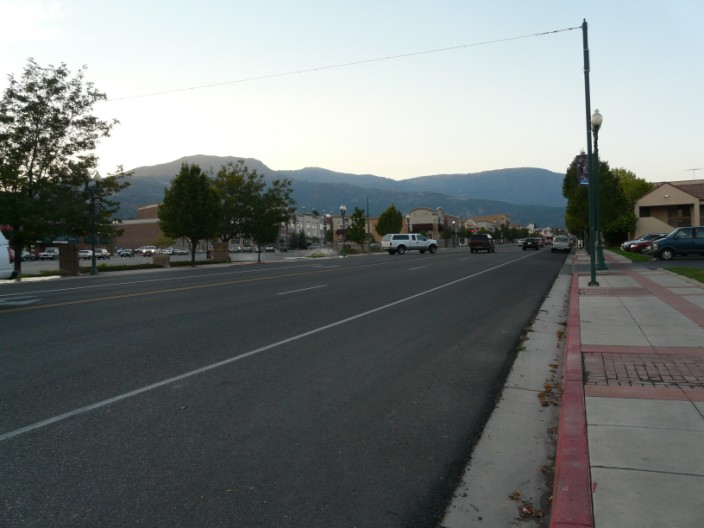
there isn't much traffic on the main street
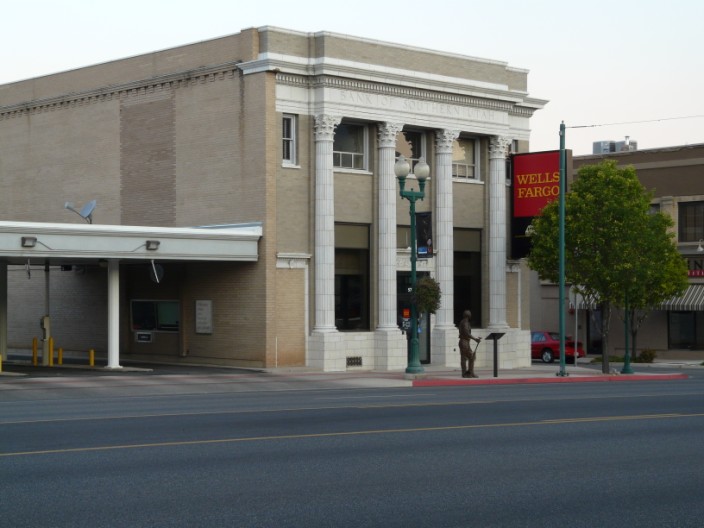
From the opposite side of the street . . .
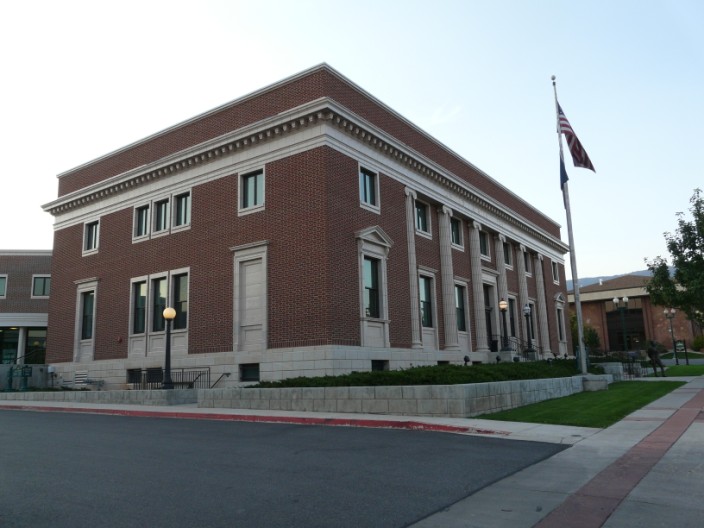
where the City Offices . . .
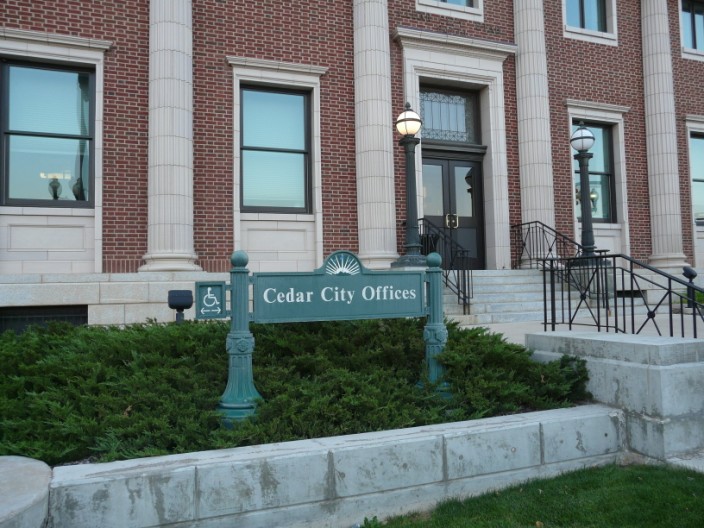
are to be found . . .
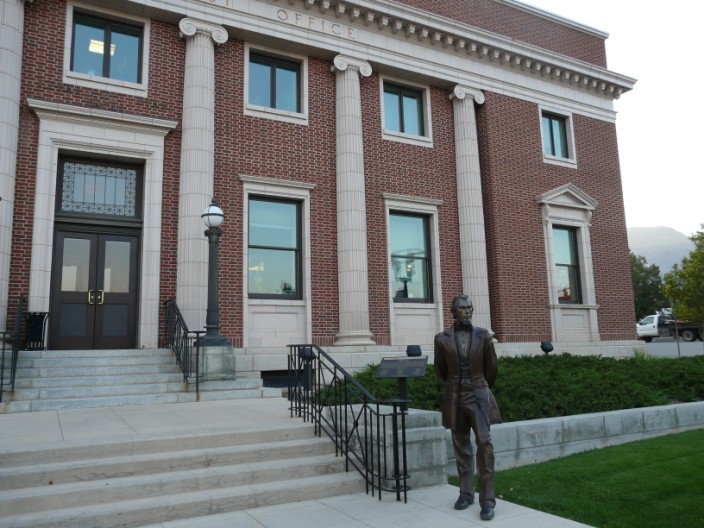
along with Henry Hunt, the first person named to settle Cedar City, was the president of a company of 36 men and 11 wagons that arrived on 11th November, 1851.
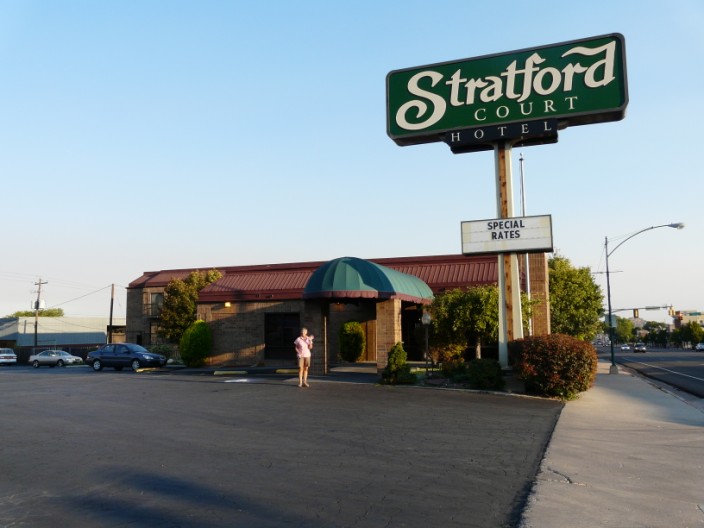
Time to leave The Stratford Court Hotel
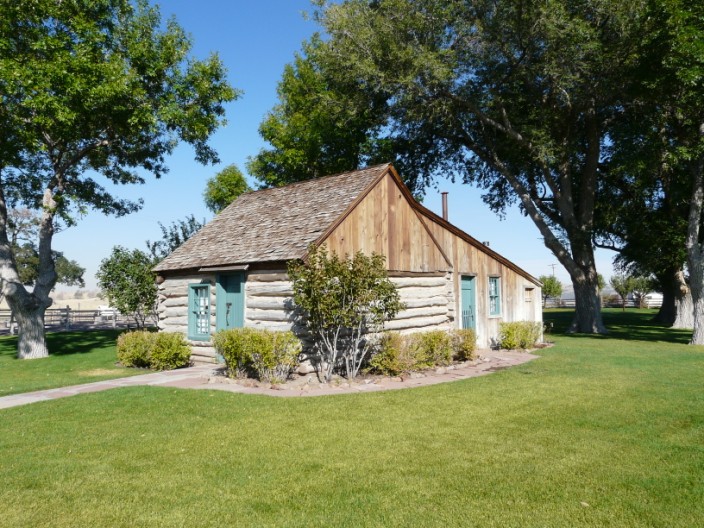
The Ira Hinckley Cabin which was moved from Coalville in recent history
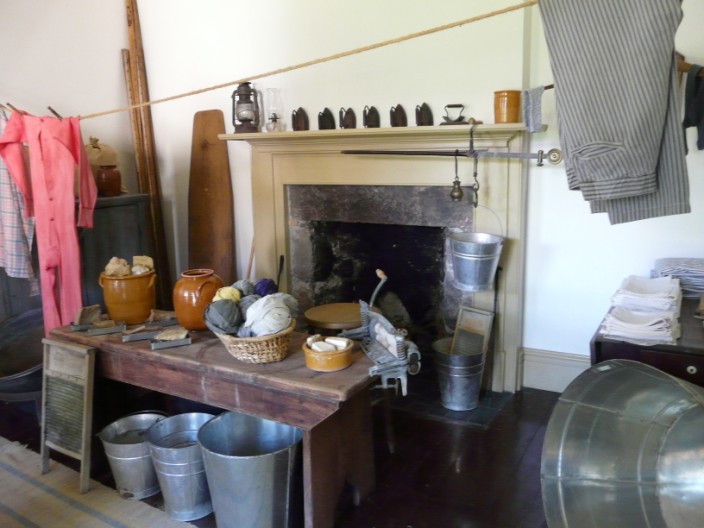
A variety of rooms at Cove fort included:
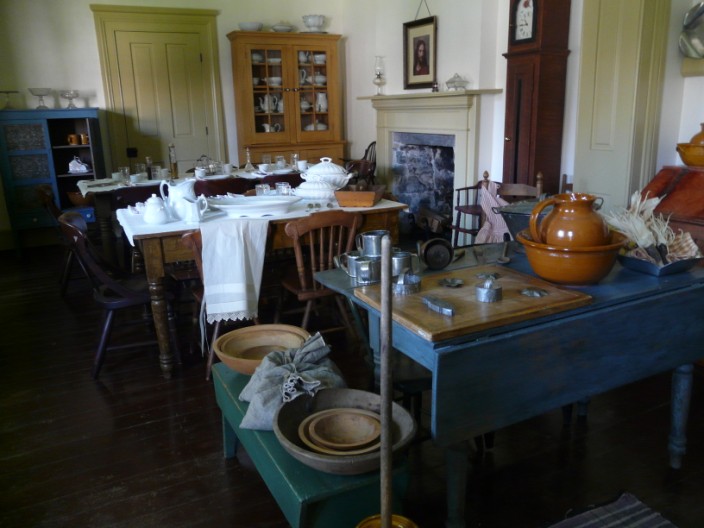
Dining room
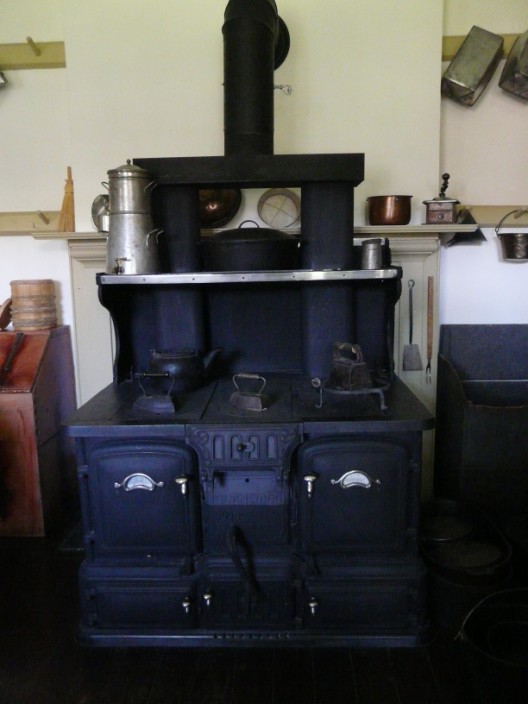
Stove
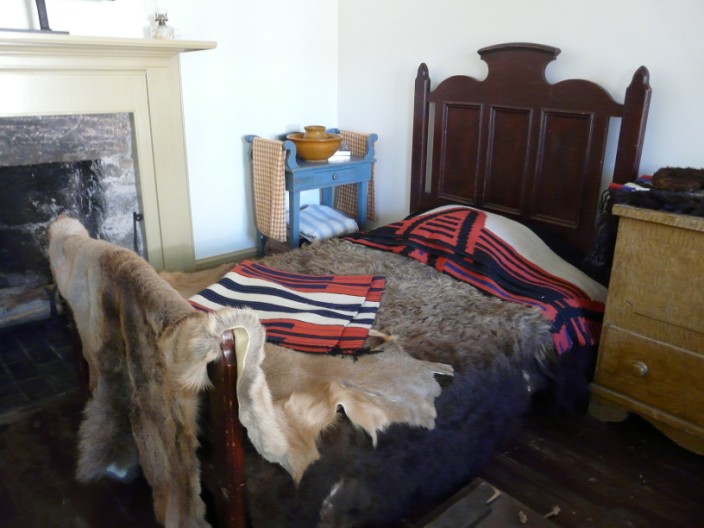
Boys' room
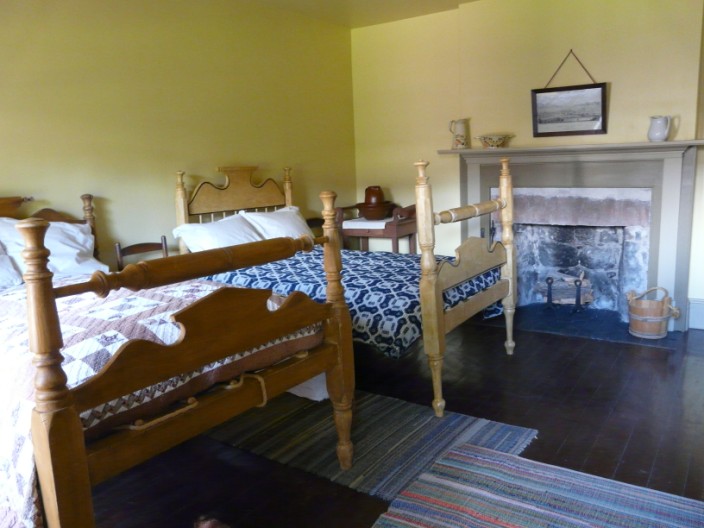
Bedroom
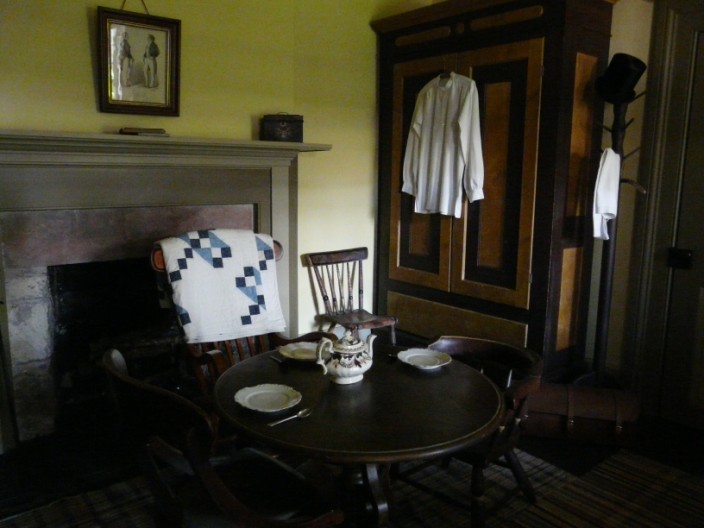
Prophet's room
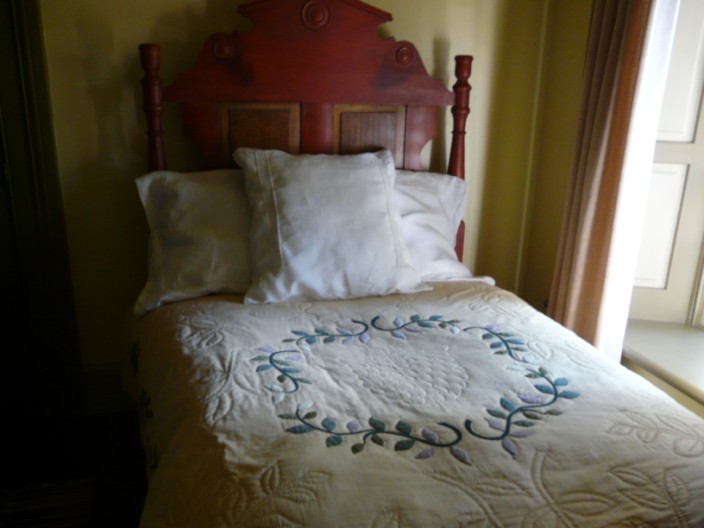
Prophet's room
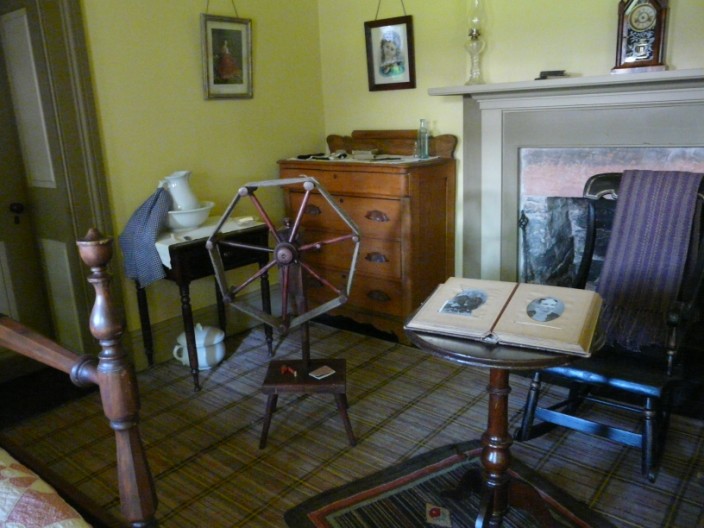
Bedroom
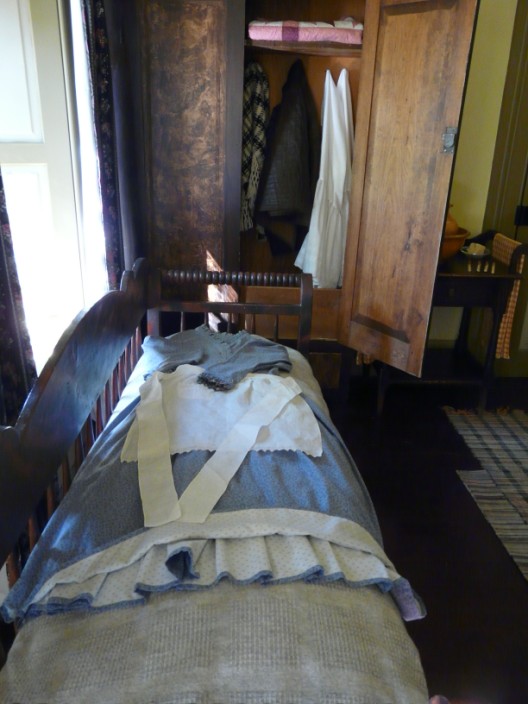
Bedroom
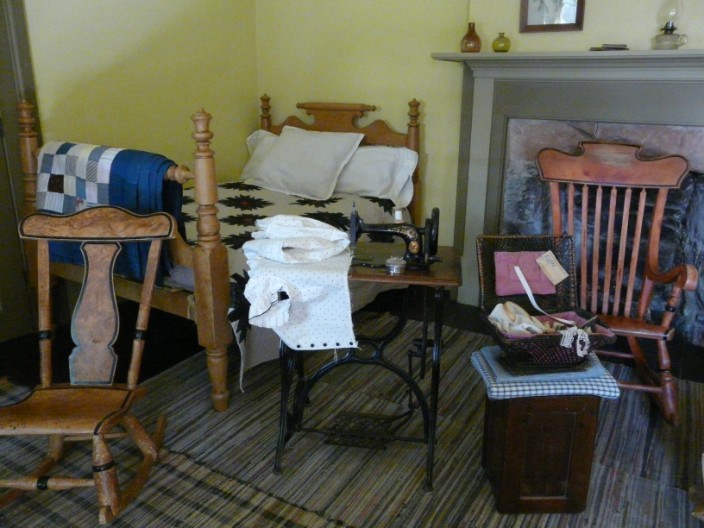
Girls' room
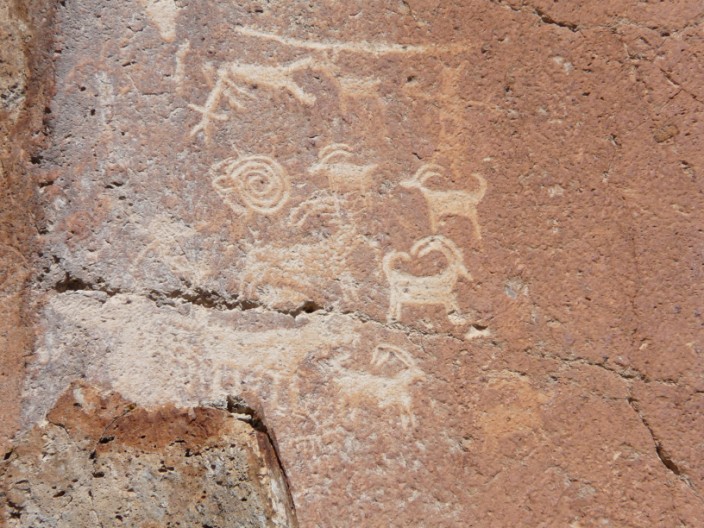
At Fremont Indian State Park a walk around Little Dog Canyon . . .
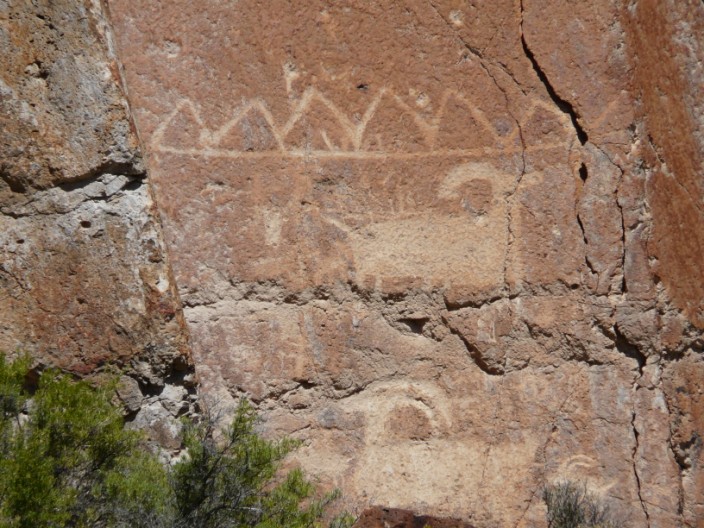
revealed a number of petroglyphs . . .
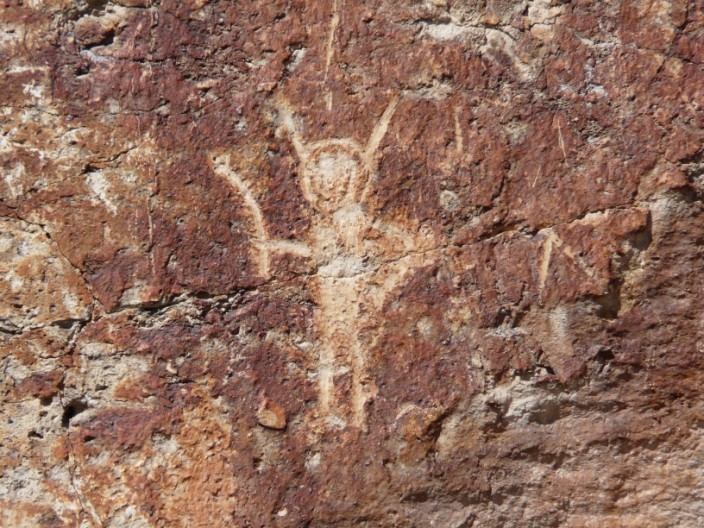
but their meanings . . .
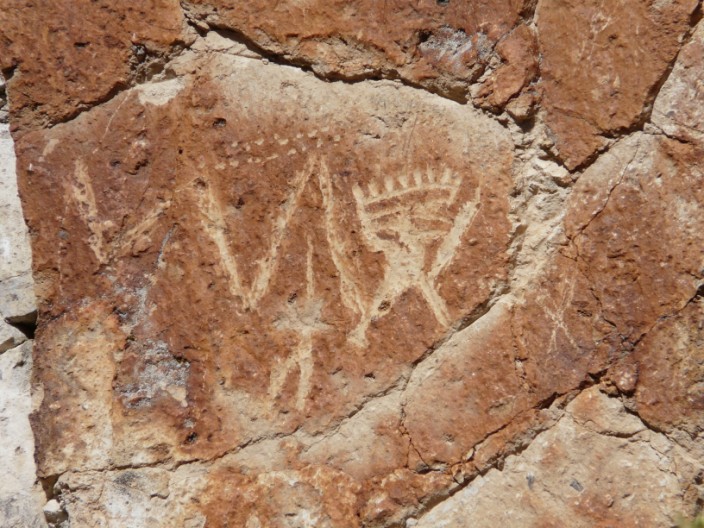
are uncertain
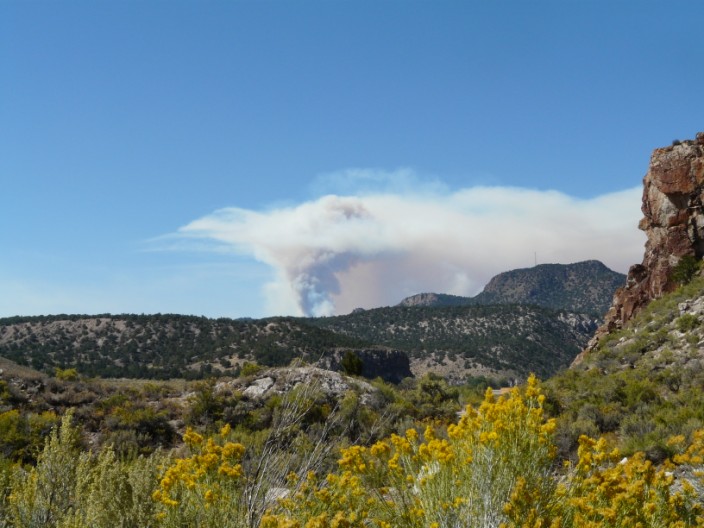
In the distance the Twitchell Canyon Fire, started on July 20th by lightening, continues to burn . . .
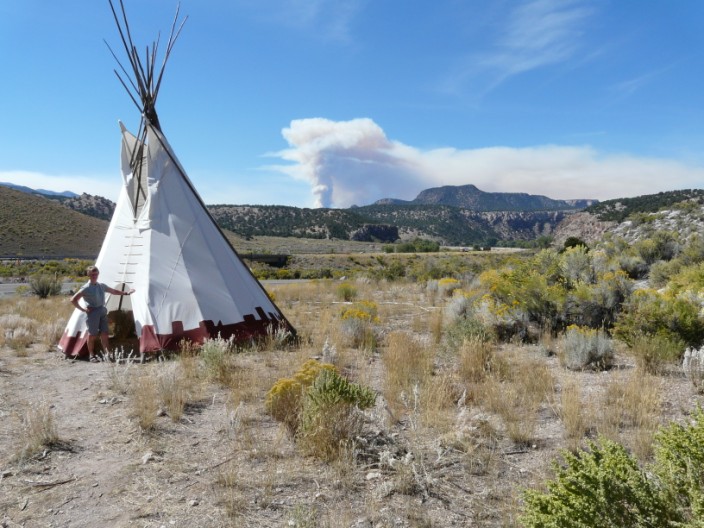
and really isn't a smoke signal from the Indians!
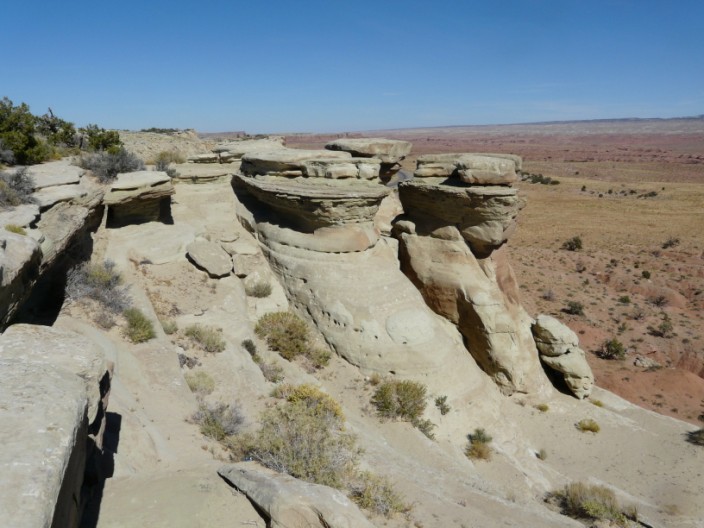
Looking out over the San Rafael Swell . . .
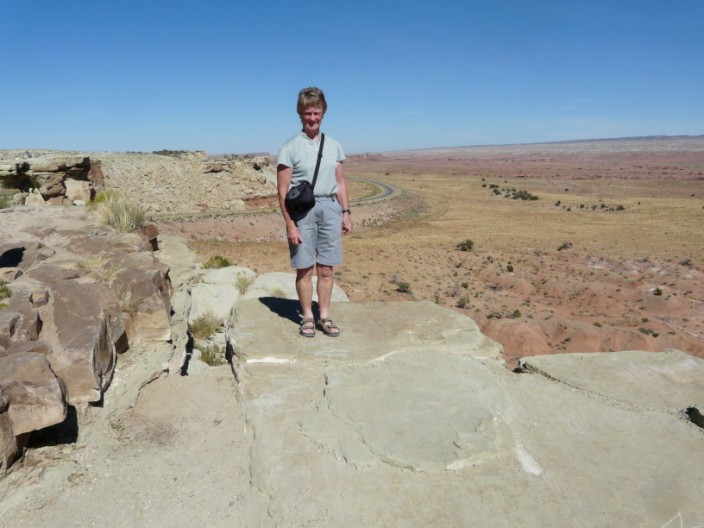
where the earth's crust are eroded and exposed . . .
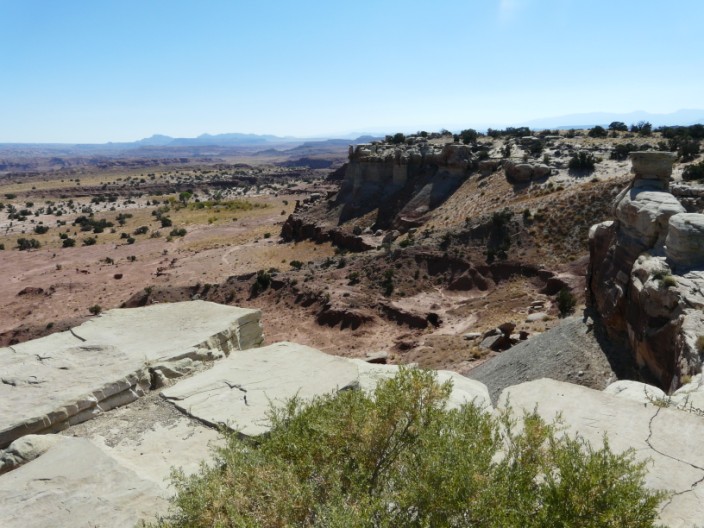
revealing million's of years of earth's history . . .
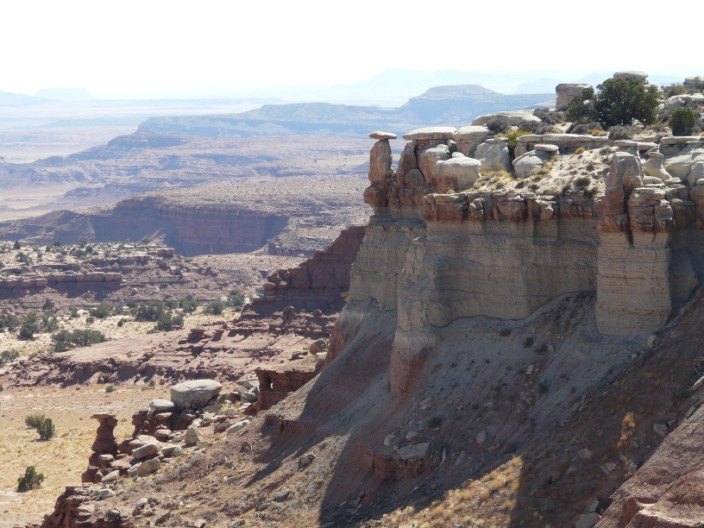
but I don't think the 'hat' will last too many more years
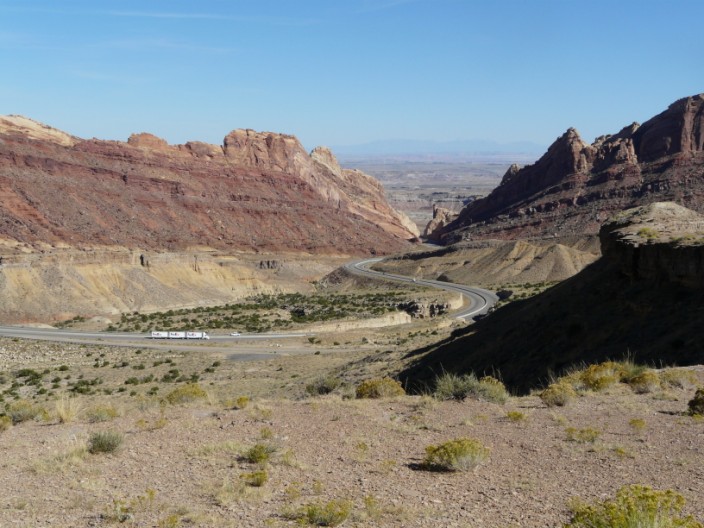
At Spotted Wolf Canyon workers could stand and touch both sides of the canyon . . .
.jpg)
before it was widened to open up a 70-miles section from Fremont Junction to Green River in 1970
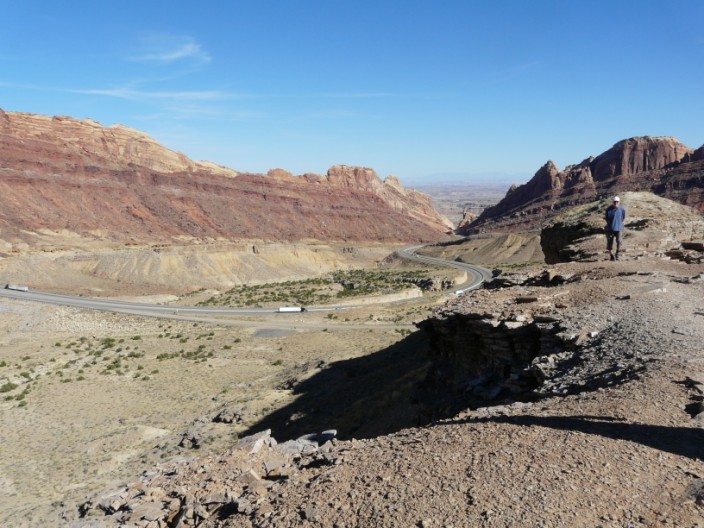
Walking onto the spur on the right . . .
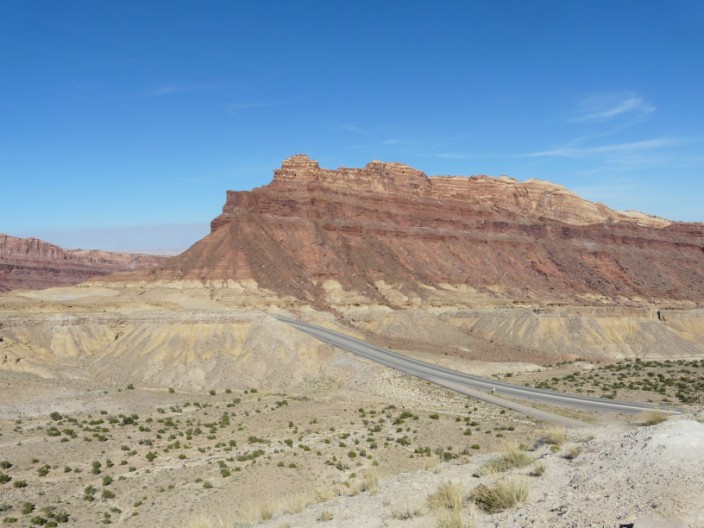
we have a view in the opposite direction